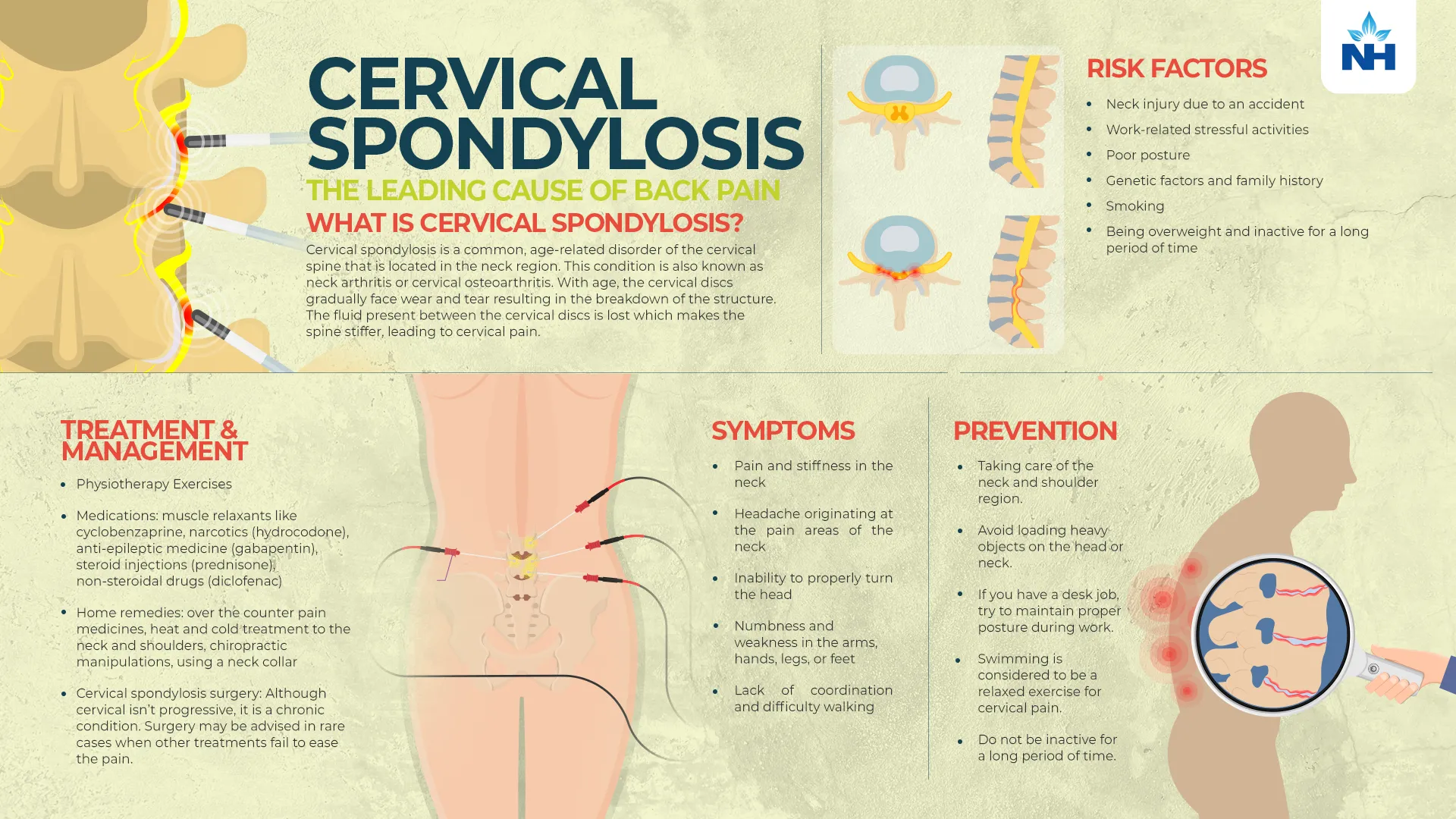
Cervical pain, often caused by muscle strain, herniated discs, or degenerative conditions, can be debilitating. To manage this pain, a variety of medications are available to help alleviate discomfort and improve mobility. However, while medications can be effective in providing relief, they may also come with side effects. Here’s a look at common medications used for cervical pain, along with their potential side effects.
1. Nonsteroidal Anti-Inflammatory Drugs (NSAIDs)
NSAIDs are one of the most commonly used classes of medications for cervical pain. They are available over-the-counter (OTC) and in stronger prescription forms.
Common NSAIDs for Cervical Pain:
- Ibuprofen (Advil, Motrin)
- Naproxen (Aleve)
- Aspirin
How They Work:
NSAIDs reduce inflammation, alleviate pain, and lower fever. They work by inhibiting enzymes (COX-1 and COX-2) that produce prostaglandins, compounds responsible for inflammation and pain.
Common Side Effects:
- Stomach irritation or ulcers, especially with long-term use
- Gastrointestinal bleeding or indigestion
- Kidney damage with prolonged use or in individuals with pre-existing kidney issues
- Increased blood pressure
- Allergic reactions, such as rash or swelling
- Dizziness or headaches
2. Acetaminophen (Tylenol)
Acetaminophen is another over-the-counter pain reliever, often used for mild to moderate cervical pain. Unlike NSAIDs, acetaminophen does not reduce inflammation but is effective for pain relief.
How It Works:
Acetaminophen acts on the brain to block pain signals but does not address the underlying inflammation.
Common Side Effects:
- Liver damage when taken in high doses or over a long period
- Allergic reactions, including skin rashes
- Stomach discomfort in some people, though it’s gentler than NSAIDs on the stomach
3. Muscle Relaxants
Muscle relaxants are often prescribed for cervical pain associated with muscle spasms or tension. They help relax the muscles and ease discomfort.
Common Muscle Relaxants for Cervical Pain:
- Cyclobenzaprine (Flexeril)
- Methocarbamol (Robaxin)
- Carisoprodol (Soma)
How They Work:
Muscle relaxants work by affecting the central nervous system (CNS) to reduce muscle spasm and promote relaxation. They are typically prescribed for short-term use due to their sedative effects.
Common Side Effects:
- Drowsiness or sedation
- Dizziness or lightheadedness
- Dry mouth
- Headache
- Nausea or constipation
- Dependence or withdrawal symptoms (especially with long-term use)
- Impaired motor skills, which can affect driving or operating machinery
4. Opioids
Opioids are strong prescription medications used for moderate to severe pain, typically prescribed for short-term use following surgery or injury.
Common Opioids for Cervical Pain:
- Oxycodone (OxyContin, Percocet)
- Hydrocodone (Vicodin)
- Morphine
How They Work:
Opioids act on the opioid receptors in the brain to block pain signals and provide significant relief. However, they also carry a risk of side effects and dependence.
Common Side Effects:
- Drowsiness or sedation
- Nausea and vomiting
- Constipation
- Dizziness or lightheadedness
- Respiratory depression (slowed breathing), especially when combined with other CNS depressants
- Dependence and addiction, with long-term use
- Overdose risk, particularly if misused or combined with alcohol or other sedatives
5. Corticosteroids
Corticosteroids are powerful anti-inflammatory medications that can be prescribed for cervical pain related to conditions like arthritis or herniated discs. They are available in oral forms or as injections directly into the painful area.
Common Corticosteroids for Cervical Pain:
- Prednisone
- Dexamethasone
- Methylprednisolone
How They Work:
Corticosteroids reduce inflammation, swelling, and pain by suppressing the immune system’s inflammatory response. They are often used when other medications are ineffective.
Common Side Effects:
- Weight gain due to water retention
- Increased blood sugar levels, which can be problematic for individuals with diabetes
- Bone thinning or osteoporosis with long-term use
- Elevated blood pressure
- Mood changes or irritability
- Increased risk of infection due to immune suppression
- Stomach irritation or ulcers, especially with oral forms
6. Topical Analgesics
Topical medications, such as creams, gels, or patches, can be applied directly to the skin over the painful area to provide localized relief without the side effects associated with oral medications.
Common Topical Analgesics for Cervical Pain:
- Menthol-based creams (Biofreeze, Icy Hot)
- Capsaicin creams
- Lidocaine patches (Salonpas, Lidoderm)
How They Work:
Topical analgesics work by numbing the area or causing a sensation of warmth or cooling, which can help reduce pain and inflammation.
Common Side Effects:
- Skin irritation or redness
- Allergic reactions, including rashes
- Burning or tingling sensations (especially with capsaicin creams)
7. Antidepressants (Tricyclics and SSRIs)
While primarily used for mood disorders, certain antidepressants can help manage chronic pain, including cervical pain, particularly when nerve damage or neuropathy is involved.
Common Antidepressants for Cervical Pain:
- Amitriptyline (Elavil) – a tricyclic antidepressant
- Duloxetine (Cymbalta) – a serotonin-norepinephrine reuptake inhibitor (SNRI)
How They Work:
These medications alter neurotransmitter levels in the brain and spinal cord to help modulate pain signals, especially for nerve-related pain.
Common Side Effects:
- Drowsiness or sedation
- Dry mouth
- Weight gain
- Constipation
- Sexual dysfunction
- Dizziness or lightheadedness, especially when standing up quickly
Conclusion
Medications can offer effective relief from cervical pain, but they come with potential side effects that should not be overlooked. It’s important to work closely with a healthcare provider to determine the right medication and dosage for your specific condition and to monitor for any adverse effects. In addition to medication, other treatments such as physical therapy, chiropractic care, and lifestyle changes can help manage cervical pain more effectively and reduce the reliance on medication over time. Always use medications as directed and seek medical advice if you experience any concerning side effects.

